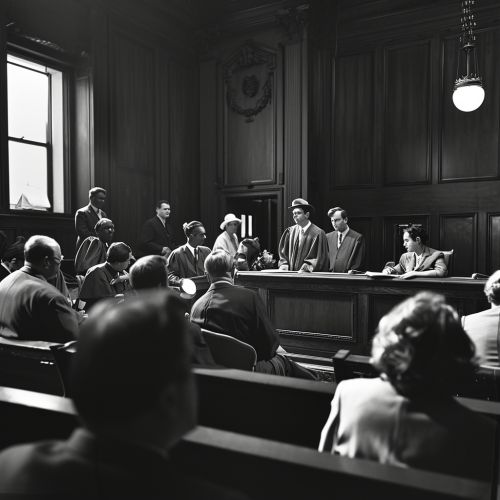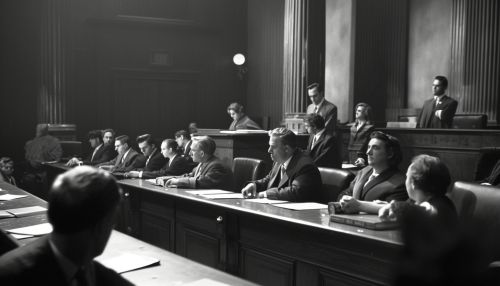Brown v. Board of Education
Background
In the United States, the issue of racial segregation in public schools was a significant point of contention throughout the 19th and early 20th centuries. The doctrine of "separate but equal", established by the Plessy v. Ferguson Supreme Court case in 1896, allowed states to maintain racially segregated public facilities, including schools, as long as the facilities for blacks and whites were ostensibly equal. However, in practice, facilities and resources for black students were often inferior to those for white students.
The Case
In 1951, a class-action lawsuit was filed against the Board of Education of Topeka, Kansas, on behalf of Linda Brown, a black third-grader who was denied admission to the all-white Sumner Elementary School. The plaintiffs argued that the racial segregation of public schools was inherently unequal and therefore a violation of the Equal Protection Clause of the Fourteenth Amendment to the United States Constitution. The case, known as Brown v. Board of Education, was heard by the U.S. Supreme Court in 1952 and 1953.


The Decision
On May 17, 1954, the Supreme Court issued a unanimous decision in favor of the plaintiffs in Brown v. Board of Education. Chief Justice Earl Warren delivered the opinion of the Court, stating that "in the field of public education the doctrine of 'separate but equal' has no place," because segregated schools are "inherently unequal." The Court held that racial segregation in public schools violated the Equal Protection Clause of the Fourteenth Amendment.
Impact
The Brown v. Board of Education decision marked a turning point in the history of race relations in the United States. It paved the way for the Civil Rights Movement and led to a series of legislative and judicial actions aimed at dismantling institutionalized racism. However, the implementation of the decision was met with widespread resistance in many Southern states, leading to a period of conflict and social upheaval.
Legacy
Today, Brown v. Board of Education is widely regarded as one of the most important Supreme Court decisions of the 20th century. It is taught in schools and law schools across the country and is often cited in legal and political debates about civil rights and equality. Despite the progress made since the decision, issues of racial inequality and segregation in education remain a concern in many parts of the United States.
